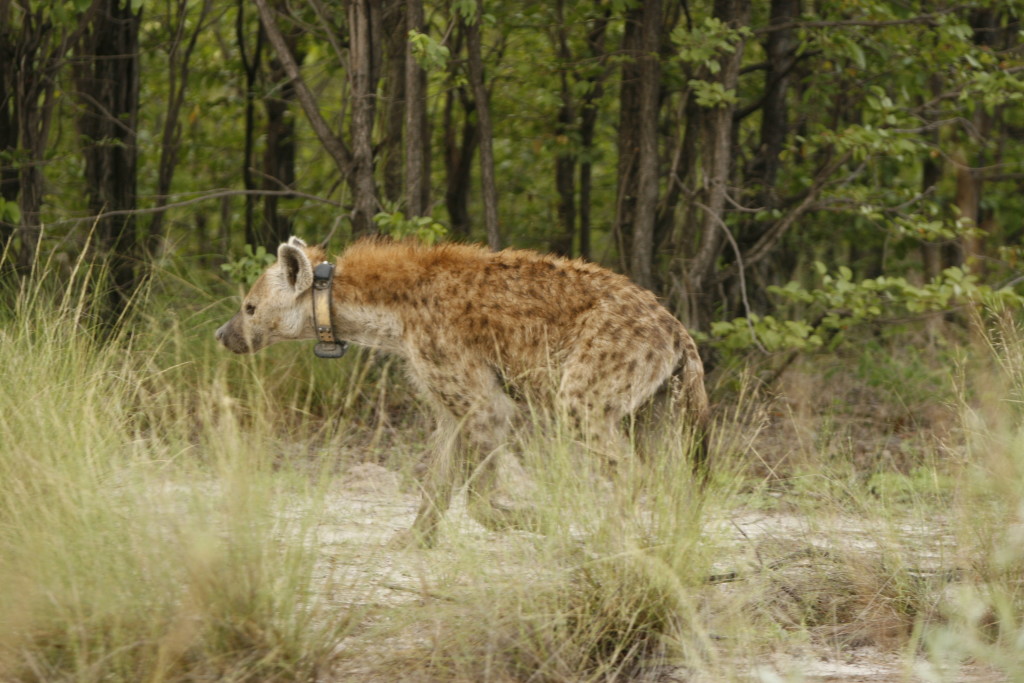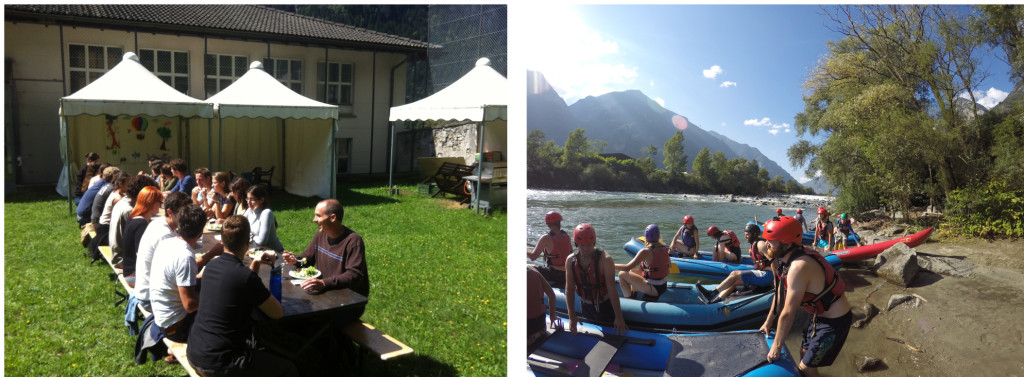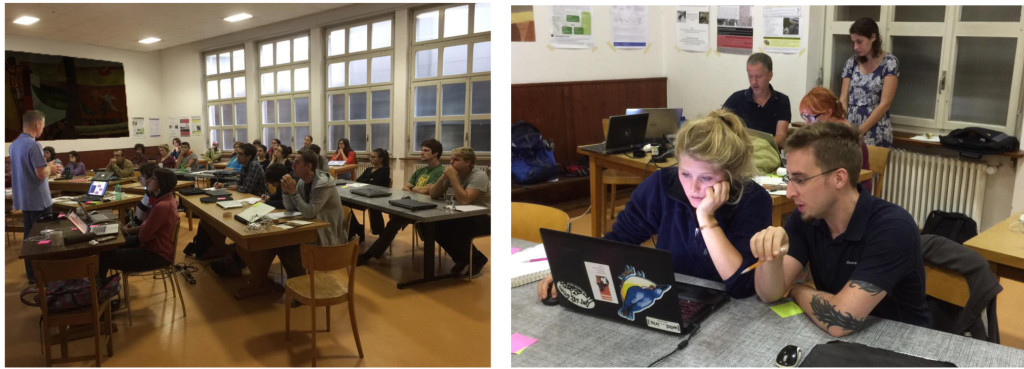The second Movement Ecology Summer School, organized by the Ozgul’s group as part of the PhD Program in Ecology of the Life Science Zurich Graduate School, has been a great success. Twenty-five highly motivated students from UZH/ETHZ and from overseas gathered at the Ostello-Cappuccini in Faido (Ticino) for what has been an inspiring and productive week.
Under the guidance and supervision of leading scientists (Gabriela S, John F, Luca B, Garrett S, Frank P and Gabriele C) the participants learned to source and manipulate remote sensing imagery, to decompose movement trajectories, to compute home ranges and investigate habitat selection. All these skills combined were used to disentangle the movement behavior of Apollo, Botswana’s most famous spotted hyena!

Participants had the opportunity to alternate high-quality lectures with social activities, which had the scope to create a cohesive group and promote interactions and establish future collaborations.


We received very positive feedbacks from all participants, which is very encouraging, and we are therefore keen to offer a similar, and even more exciting, course during the summer 2017! Stay tuned on this blog if you want to be part of the next MESS and learn everything about Apollo!

